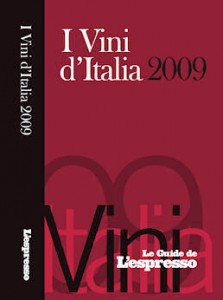by Ernesto Gentili and Fabio Rizzari
Italian wine has been considerably transformed in the last few years. The prevailing paradigm for a long time was to produce very concentrated wines from international varieties using more invasive methods, to make robust wines. Now, there is a preference for lighter styles: less structured, less fruit forward, less new oak, which are fresher, more drinkable with more pizazz. In parallel, there has been a gradual loss of interest in the ‘bridging’ varieties that took Italian wine through the old guard (1960s and 1970s) to the new world (1980s and 1990s), mainly Cabernet, Merlot and Chardonnay. The flourishing trend today, which is present in a somewhat confused and haphazard manner, is the use of local grape varieties where, at the extreme, perhaps only a few rows of these vines exist. However, Italy is probably the country which boasts the largest number of local (autocthonous) varieties, currently some five hundred according to the latest research.
In this article we look closer at a few symbolic examples of ‘state-of-the- art’ producers. These are winemakers who find a virtue in integrating elements derived from traditional wine production whilst adapting themselves to the modern world.
Even if one sympathizes with this return to traditional roots, as good commentators – which we hope we are – we can't react uncritically to every wine made from traditional varietals. Just as a short time ago 'constructed' wines made from Cabernet or Merlot often chimed with the word 'modern', today one can and should unmask wines as 'manufactured' just as products that pass themselves off as the non plus ultra in respect of terroir, which might include certain white wines which have undergone maceration, seem to have this stamp on them similar to those once made from Merlot which were fruit forward and aged with new wood. At the price of sounding monotonous: it's necessary to judge case by case, and not generalize. There are not only banal Chardonnays, just as there exist bad wines made from autocthonous varietals.
Nor is it fair to demonize those highly praised and highly paid wine consultants who came to the fore a few years ago appearing from the north of Italy to the heel of the boot: in many ways this was a dangerous trend, producing many homogeneous wines. But not all master technicians are sly managers who enrich themselves off the backs of producers and consumers. In this article we look closer at a few symbolic examples of 'state-of-the-art' producers. These are winemakers who find a virtue in integrating elements derived from traditional wine production whilst adapting themselves to the modern world.
Italy is a melting pot of innovation and traditional winemaking which is stunning the world with its new ideas.











